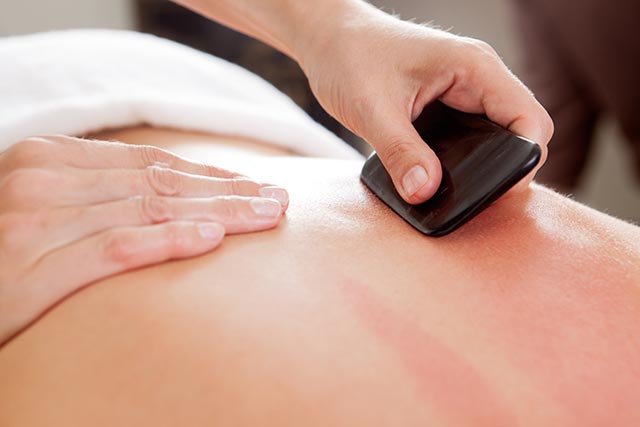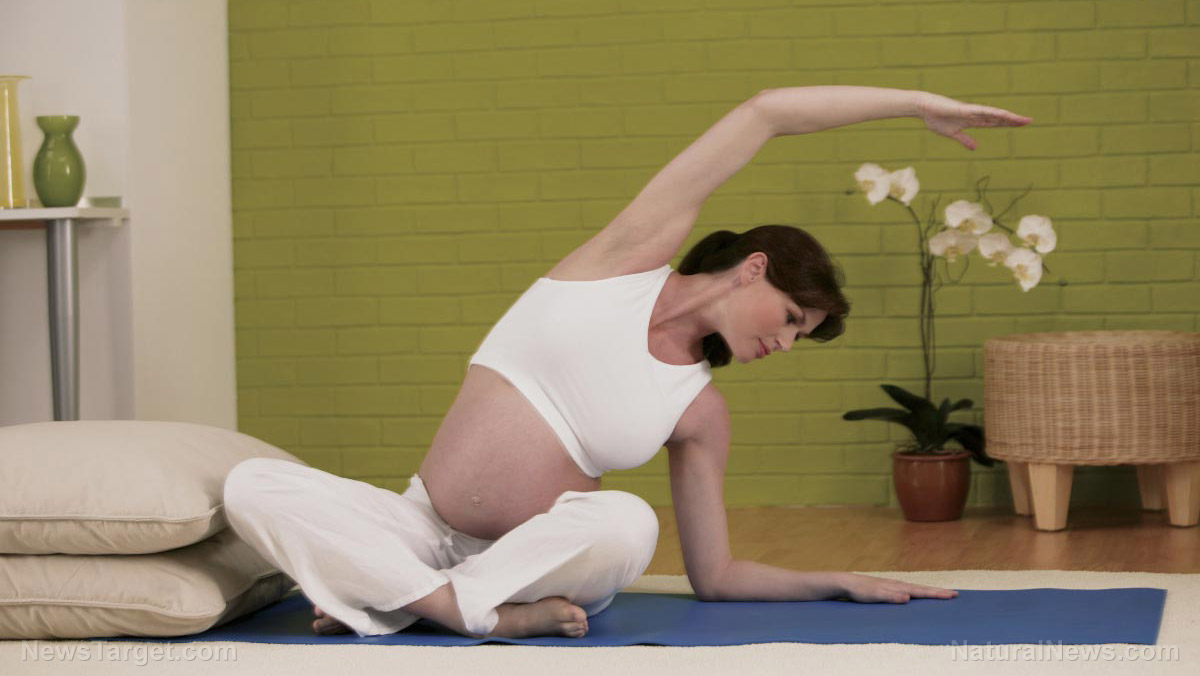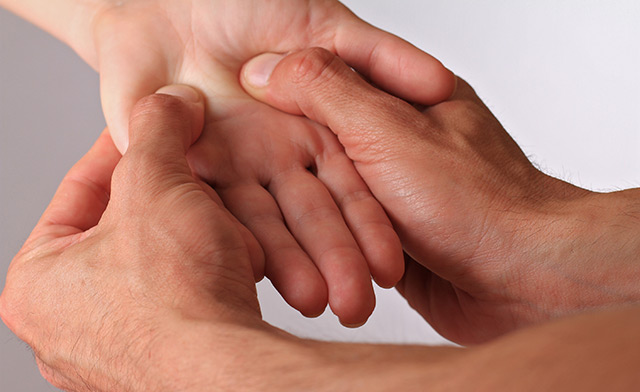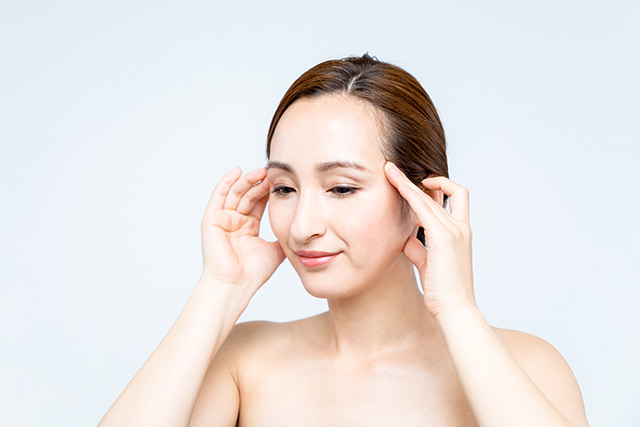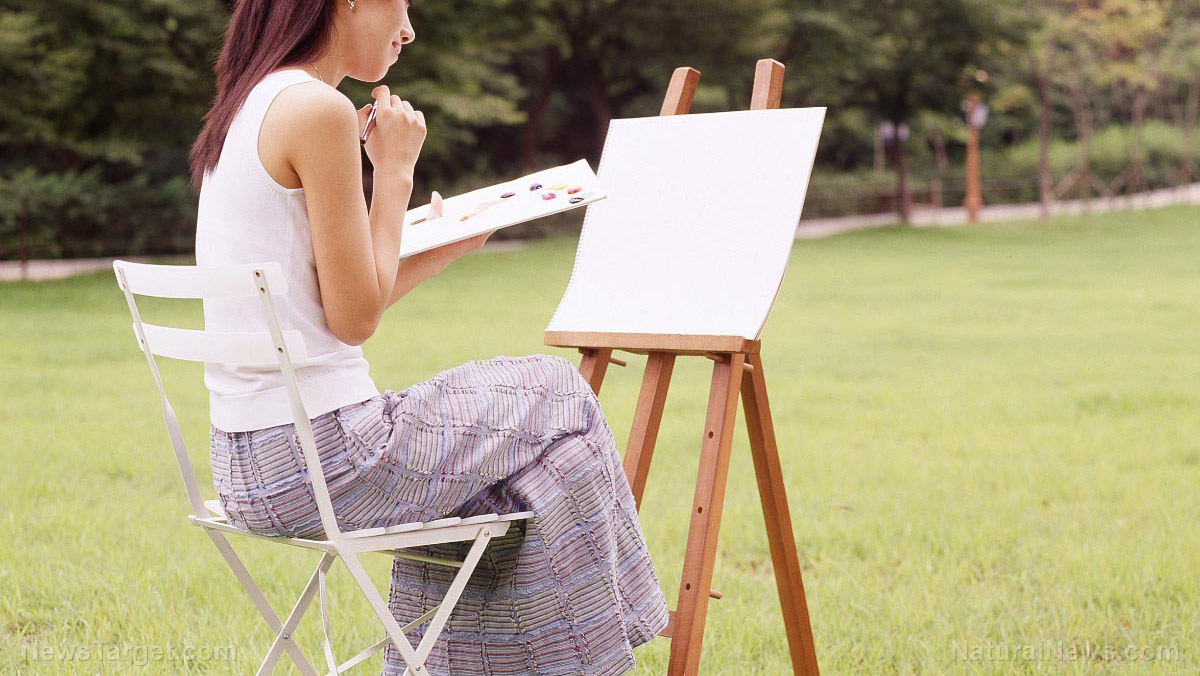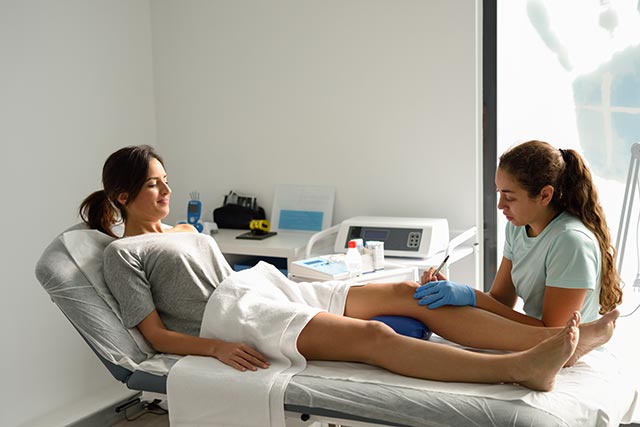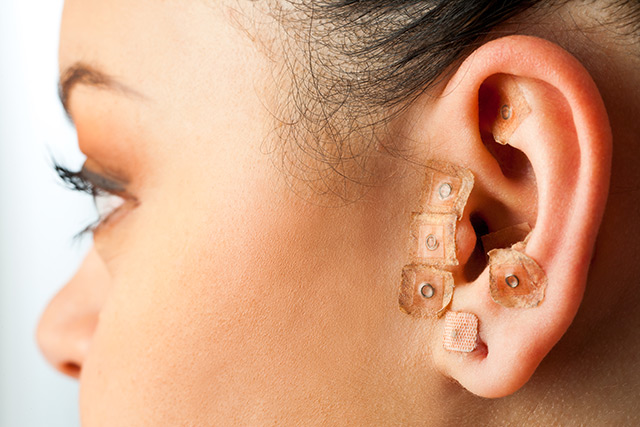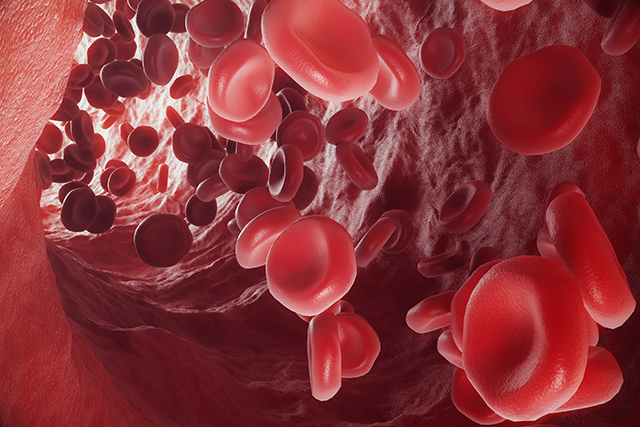Guided imagery paired with physical relaxation techniques can significantly reduce stress
03/21/2019 / By Zoey Sky

Meditation can help clear your mind or promote good sleep. But did you know that guided imagery, a form of “guided meditation,” can be used as an effective form of stress management?
What is guided imagery?
Visualization and guided imagery techniques are often used for stress management. Individuals who practice these techniques create a detailed mental image of an attractive and peaceful environment or setting. (Related: Clinical massage and guided imagery are low-cost alternatives to treating anxiety and insomnia.)
While guided imagery can be practiced in isolation, it is usually combined with physical relaxation techniques, like progressive muscle relaxation and massage.
Guided imagery is sometimes paired with physical relaxation techniques to help individuals associate the sensations of relaxation with a peaceful visual image. This way, you can easily remember the physical sensations of relaxation in future practice sessions using imagery alone.
Guided imagery techniques can help individuals relax because of the following reasons.
- Guided imagery techniques use an element of distraction to help redirect your attention away from stressors and towards an alternative focus.
- The techniques feature “a non-verbal instruction or direct suggestion to the body and unconscious mind.” This suggestion can help you act as if the peaceful, safe, and relaxing environment that you imagine is real.
- Guided imagery can work through the associative process described above. Scenes can eventually function as a learned cue or trigger that can help you recall memories and sensations from past relaxation practice.
Imagery techniques are considered a form of guided meditation. Like other forms of meditation, guided imagery aims to help individuals learn how to detach themselves from their “moment to moment fixation on the contents of their minds” so they can focus on cultivating a relaxed detachment.
This relaxed detachment will allow you to become an observer in the different sensations and thoughts running through your mind. With enough practice, you can use imagery techniques to experience this meditative learning.
Guided imagery is a beneficial stress management technique because it offers insight, relaxation, and wisdom. With practice, this free stress-relieving technique can be done almost anywhere.
Additionally, the technique can help relieve physical tension and psychological stress at the same time. Guided imagery helps distract you from your stressors so you can get into a more positive frame of mind.
Guided imagery doesn’t require expensive equipment. All you need is your imagination and concentration abilities. However, like most techniques that require mental concentration, it is best to practice guided imagery in a quiet room without any distracting stimulation.
In 2005, Dr. Elisha Goldstein, a psychologist, conducted research on guided meditation. The study involved volunteers who practiced a guided meditation exercise (similar to the one detailed below) for five minutes daily.
The study findings suggest that guided meditation exercises can help significantly reduce stress levels and enhance feelings of well-being compared to control subjects.
How to practice guided imagery
There are different ways to use visual imagery for stress management. But if you wish to practice the method yourself, follow the steps detailed below.
- Go to a private room and make yourself comfortable.
- Take slow, deep breaths to center your attention and calm yourself.
- Close your eyes.
- Imagine yourself in a beautiful location. You can think of any location, like the beach or your bedroom, as long as the place makes you feel safe and calm.
- Imagine yourself becoming calm and relaxed. Another option is to imagine yourself smiling, being happy, and enjoying yourself.
- Concentrate on the different sensory attributes present in your scene to make it more vivid in your imagination. If you thought of the beach, imagine the warm sunshine on your skin and the sand in your toes. Invoke your senses to make the whole image more vivid.
- Stay in the scene and spend at least five to 10 minutes exploring its various sensory aspects. Spend as much as you want immersing yourself in the scene, until you feel relaxed.
- Once you’re relaxed, tell yourself that you can come back to this place any time you want or need to relax.
- Open your eyes again and focus on the real world.
Sources include:
Tagged Under: Anxiety, destressing, Guided Imagery, guided meditation, healing, how to, mental health, Psychology, relaxation, remedies, stress, stress management, stress relief, visualization

